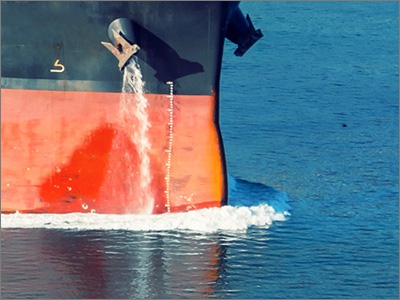CHIRP – Maritime Feedback 03/2014
Confidential Hazardous Incident Reporting Programme (CHIRP) has received a report of hazardous occurrence related to dragging anchor.
Report text:
“Whilst at anchor with 5 shackles in the water, it was observed that the anchor was dragging. NW wind 30 knots, wave height 2 metres, depth of water 14 metres, ground was mud based material.“
The consequence if no timely had been taken could be:
- collision with another vessel in the vicinity
- impact the safe navigation of another vessel in theriver, narrow channel or fairway
- catch an underwater cable or pipeline and damage.
| Corrective action: Main Engine was already on Standby with 5 minutes notice. Immediately heave up the anchor and dropped again at nearby position with 7 shackles in water. Carefully checked the anchor position and continued to monitor the anchor position. |
| Lessons Learned |
|
Before anchoring, carefully check anchorage depths, bottom type, vessels at anchor in vicinity, current, wind speed and direction. Often with this type of vessel, dredging at anchor is a risk if the wind speed is more 30-35 knots. Before anchoring this type of vessel, the anchorage position should be near the edge of the anchorage and clear of any vessel on the predicted way of the driftage. CHIRP tried an exercise with the bridge team and the predicted flow scenario whilst dredging the anchor and eventually fouling a pipeline. CHIRP were unable to find in our manuals any information. CHIRP did find a few words in “The Mariner’s Handbook” but believe to avoid any delay in a similar case we need a Marine Information Notice with detailed guidance. |
The importance of keeping a close lookout and constantly monitoring the position of the vessel is emphasised. The use of appropriate position lines on significant land based features to provide additional assistance in monitoring the position is recommended.
Source: CHIRP
For more information please read theMaritime Feedback 03/2014 issued by CHIRP






























































